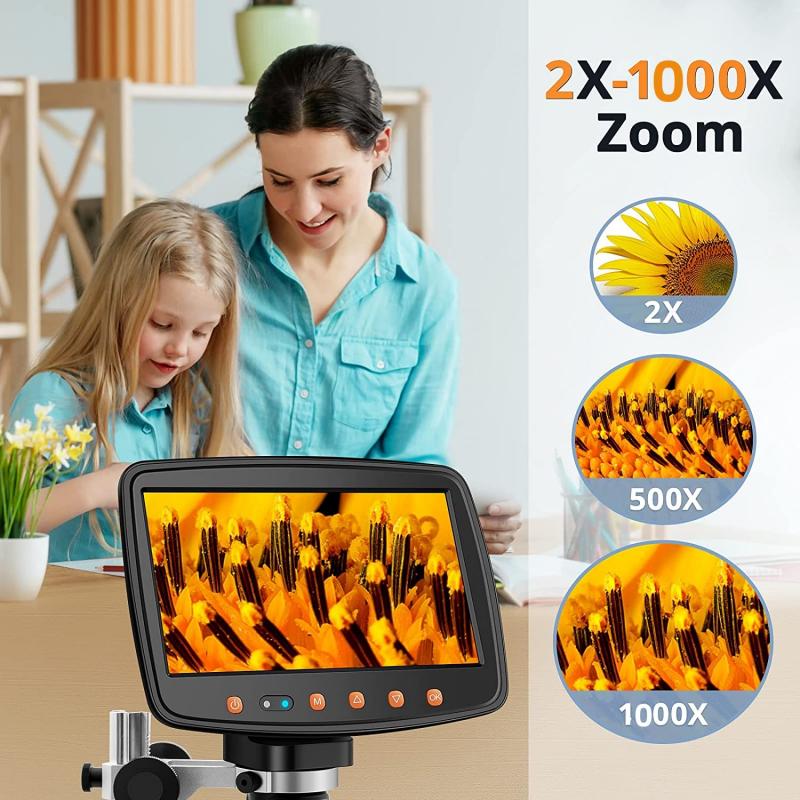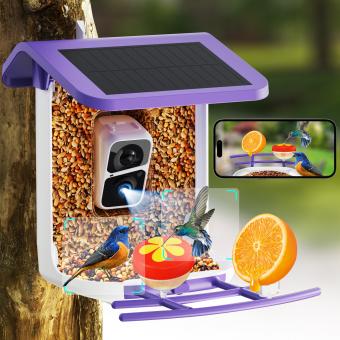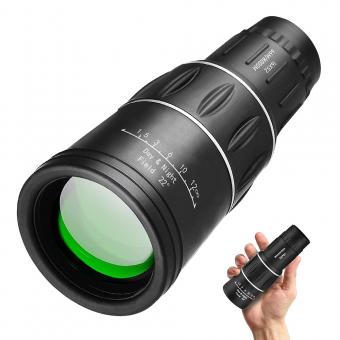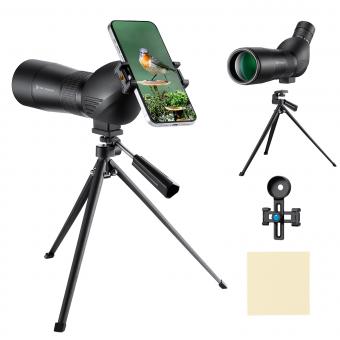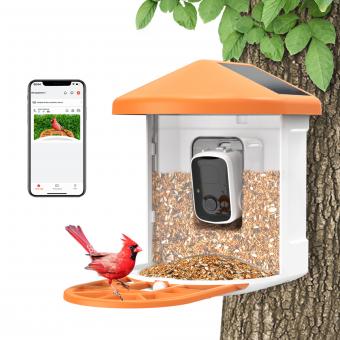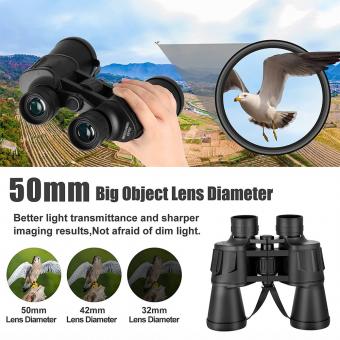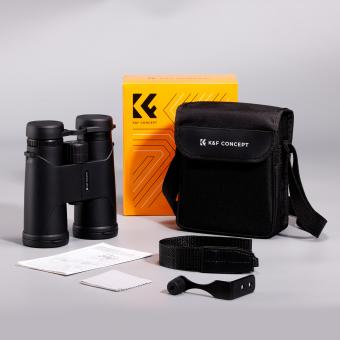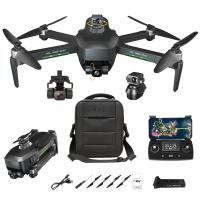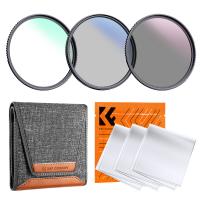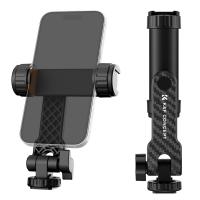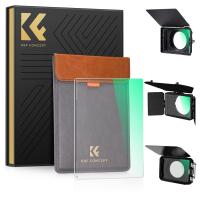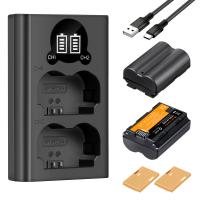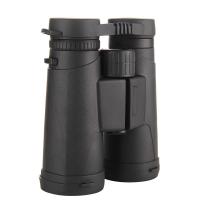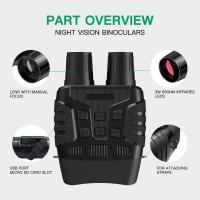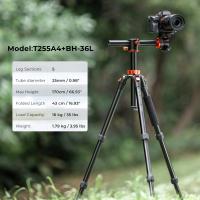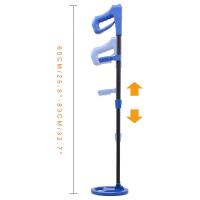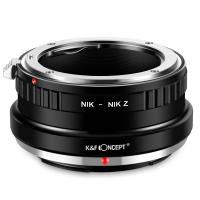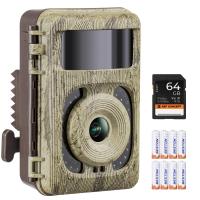What Magnification Is Best For Bird Watching ?
The best magnification for bird watching depends on various factors such as the distance between the observer and the bird, the lighting conditions, and the observer's personal preference. Generally, bird watchers prefer magnifications between 8x and 10x, as they provide a good balance between magnification and field of view. Higher magnifications such as 12x or 15x can provide more detail, but they also narrow the field of view, making it harder to locate birds. Additionally, higher magnifications can also make it harder to keep the image steady, especially if the observer is not using a tripod or other stabilizing equipment. Ultimately, the best magnification for bird watching is one that provides a clear and steady image while also allowing the observer to comfortably locate and track birds.
1、 Binocular magnification range for bird watching
Binocular magnification range for bird watching is a topic of much debate among bird watchers and optics experts. The ideal magnification for bird watching depends on a variety of factors, including the distance between the observer and the bird, the lighting conditions, and the observer's personal preferences.
Generally, bird watchers prefer binoculars with a magnification range of 8x to 10x. This range provides a good balance between magnification and field of view, allowing the observer to see birds up close while still being able to track them as they move. Binoculars with higher magnification, such as 12x or 15x, can be more difficult to hold steady and may result in a narrower field of view, making it harder to locate birds.
However, some bird watchers prefer binoculars with lower magnification, such as 7x or 8x, as they provide a wider field of view and are easier to hold steady. Others prefer higher magnification, such as 10x or 12x, as they allow for more detail to be seen on the bird.
It is important to note that the quality of the optics is just as important as the magnification range. High-quality binoculars with good optics will provide a clear and bright image, even at higher magnifications.
In recent years, there has been a trend towards using binoculars with image stabilization technology, which helps to reduce hand shake and provide a steadier image. This technology can be particularly useful for bird watchers who may spend long periods of time observing birds through their binoculars.
In conclusion, the ideal binocular magnification range for bird watching depends on a variety of factors and personal preferences. A range of 8x to 10x is generally recommended, but the quality of the optics is just as important as the magnification. The latest trend is towards using binoculars with image stabilization technology to provide a steadier image.
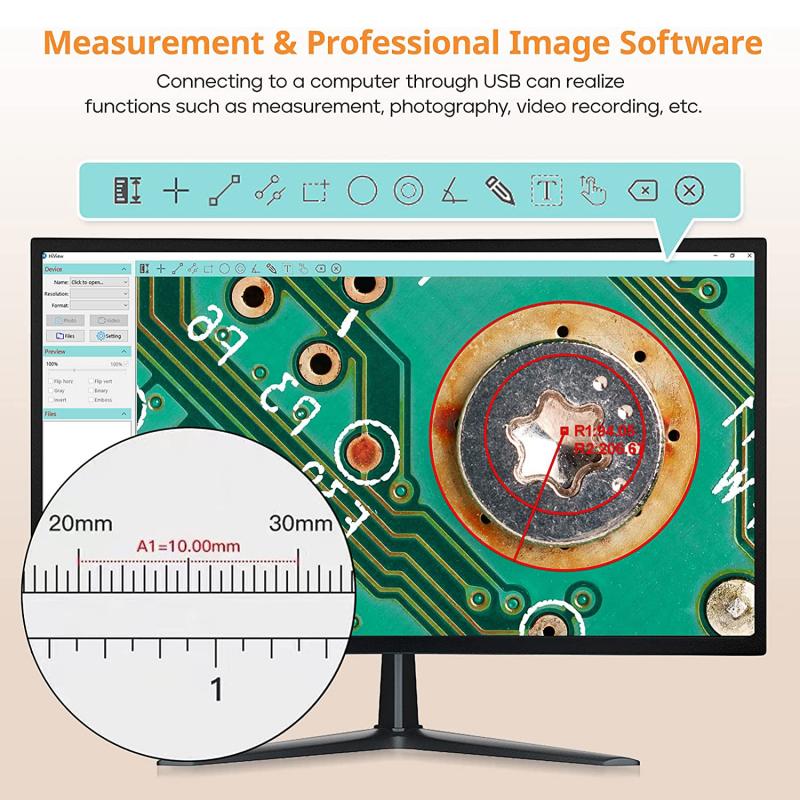
2、 Optimal magnification for bird identification
Optimal magnification for bird identification is a topic of debate among bird watchers and ornithologists. While some argue that higher magnification is better for identifying small details and distinguishing between similar species, others believe that lower magnification provides a wider field of view and better depth perception.
In general, a magnification range of 8x to 10x is considered ideal for bird watching. This range provides a good balance between magnification and field of view, allowing for easy identification of birds at a distance while still providing a wide enough view to track birds in flight.
However, the optimal magnification can vary depending on the specific birding situation. For example, if birding in open areas with few obstacles, higher magnification may be more beneficial for identifying distant birds. On the other hand, if birding in dense forests or other areas with lots of foliage, lower magnification may be better for tracking birds in flight and spotting them through the trees.
It's also worth noting that the quality of the optics can be just as important as the magnification. High-quality binoculars with good coatings and optics can provide a clearer and brighter image, even at lower magnifications.
Overall, the optimal magnification for bird identification depends on a variety of factors and can vary from person to person. It's important to consider the specific birding situation and personal preferences when choosing binoculars for bird watching.

3、 Magnification and field of view trade-off in birding
What magnification is best for bird watching is a question that has been debated among birders for years. The answer is not straightforward, as there is a trade-off between magnification and field of view. Higher magnification allows for more detail and better identification of birds, but it also narrows the field of view, making it harder to locate birds and follow their movements. On the other hand, lower magnification provides a wider field of view, making it easier to locate birds and follow their movements, but it sacrifices detail.
The latest point of view is that the best magnification for bird watching depends on the situation. For example, if you are birding in an open area with few obstructions, higher magnification may be more beneficial. However, if you are birding in a wooded area with lots of foliage, lower magnification may be more useful. Additionally, the experience level of the birder should also be taken into consideration. Beginners may find lower magnification easier to use, while more experienced birders may prefer higher magnification.
Ultimately, the best magnification for bird watching is a personal preference and depends on the individual's needs and preferences. It is recommended to try out different magnifications and see which one works best for you. Additionally, investing in a pair of binoculars with adjustable magnification can provide the flexibility to adjust to different situations.
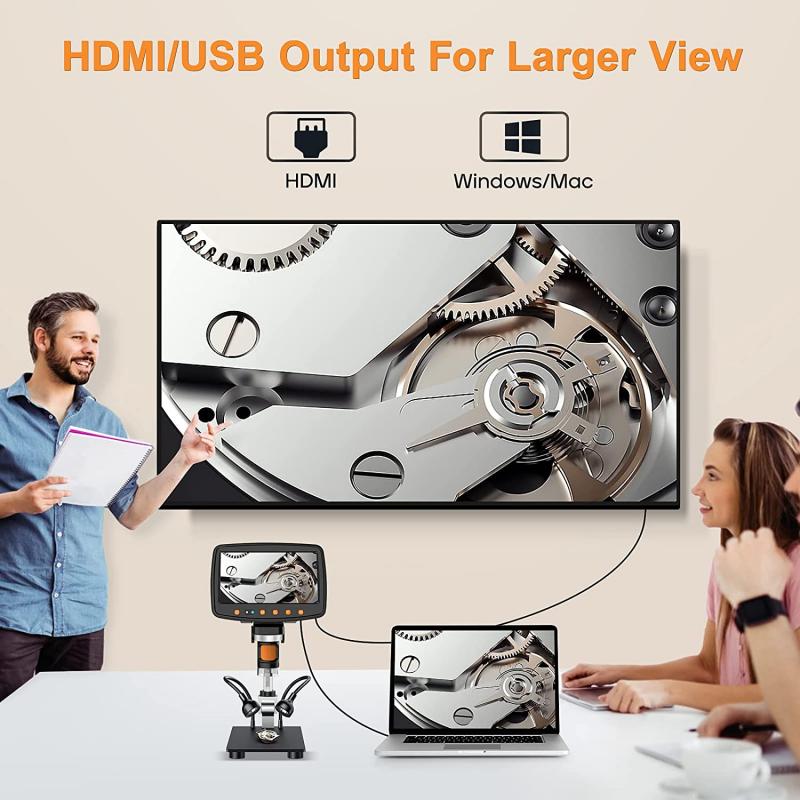
4、 Choosing the right magnification for birding based on distance
Choosing the right magnification for bird watching is crucial to get the best viewing experience. The ideal magnification depends on the distance between the observer and the bird. For bird watching, magnifications between 8x and 10x are considered the best. These magnifications provide a good balance between image stability and field of view. Higher magnifications can make it difficult to keep the image stable, especially if the observer is not using a tripod or other stabilizing equipment.
However, the latest point of view suggests that the choice of magnification also depends on the observer's experience level and the type of birding they plan to do. For beginners, a lower magnification of 8x may be more suitable as it provides a wider field of view, making it easier to locate and track birds. On the other hand, experienced birders may prefer a higher magnification of 10x or even 12x for more detailed observations of birds.
It is also important to consider the quality of the optics when choosing a pair of binoculars for bird watching. High-quality optics can provide a clearer and brighter image, making it easier to identify birds and observe their behavior. Additionally, waterproof and fog-proof binoculars are recommended for bird watching, as they can withstand harsh weather conditions and prevent moisture from entering the lenses.
In conclusion, choosing the right magnification for bird watching depends on the observer's experience level, the type of birding they plan to do, and the quality of the optics. A magnification between 8x and 10x is generally considered the best for bird watching, but the choice ultimately depends on personal preference and the specific birding situation.
